Reportar esta entrada
Más sobre la misma comunidad-colección
Estudiante en peligro de darse de baja
Class president may be dropped from school. No students were ...
Estudiantes de El Paso High secundaria 1986
El Paso High students 1986 at the Special Event Center for a ...
Jennifer Han defiende su título de Peso Pluma del IBF - 2016
Jennifer Han defeated Calista Silgado to retain her IBF ...
Jennifer Han retiene su título de Peso Pluma del IBF - 2016
Jennifer Han after her fight with Calista Silgado - she retained ...
Jennifer Han defiende su título - 2016
Jennifer Han after her fight with Calista Silgado - she retained ...
Jennifer Han defiende su título - 2016
Jennifer Han with her trainer before her fight with Calista ...
Jennifer Han retiene su título de Peso Pluma del IBF - 2016
Fight between Jennifer Han and Calista Silgado on April 29, ...
Jennifer Han retiene su título de Peso Pluma del IBF - 2016
Jennifer Han standing in her corner waiting for the first round. ...
Jennifer Han retiene su título de Peso Pluma del IBF - 2016
Jennifer Han during her fight at Southwest University Park ...
Jennifer Han defiende su título - 2016
Jennifer Han and Calista Silgado during the title fight on ...
Jennifer Han Defends Her Title - 2016
Jennifer Han and Calista Silgado during a title fight on April ...
Jennifer Han defiende su título - 2016
Jennifer Han and Calista Silgado during their fight on April 29, ...
Hilda Stockmeyer y Joe Lewels - 1974
Hilda Stockmeyer and Joe Lewels Jr. Wedding photo in front of ...
Hilda Stockmeyer Lewels y Marisa Lewels - 2000
Photo taken in upper valley of El Paso in 2000. Marisa attended ...
Jennifer Han defiende su título - 2016
Jennifer Han and Calista Silgado title fight on April 29, 2016. ...
Jennifer Han defiende su título - 2016
Jennifer Han and Calista Silgado during the fight on April 29, ...

















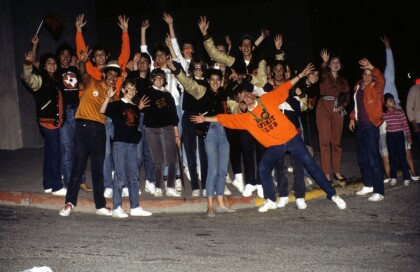
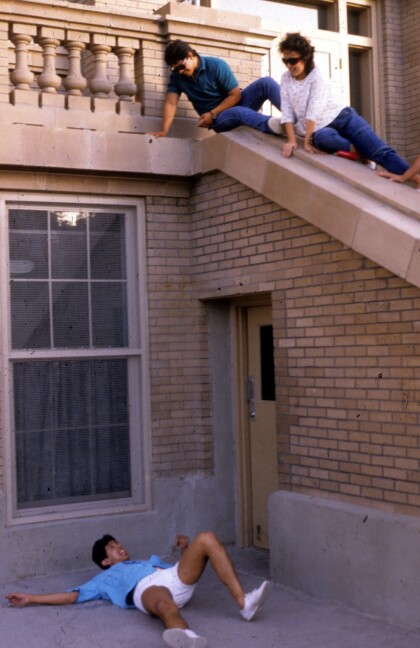
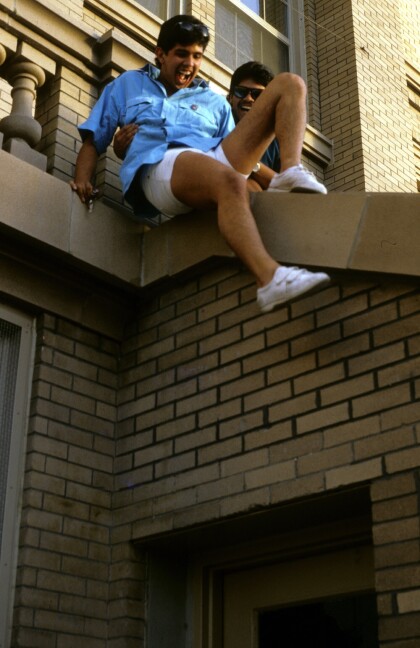
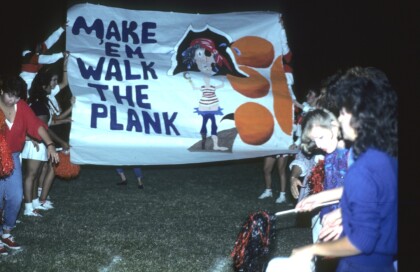
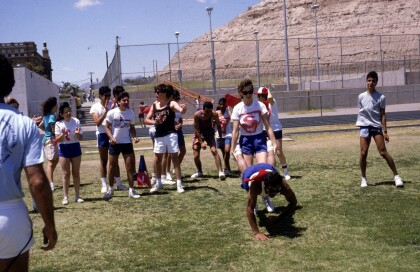
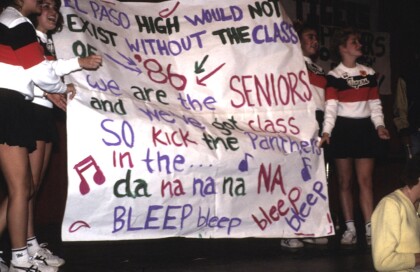
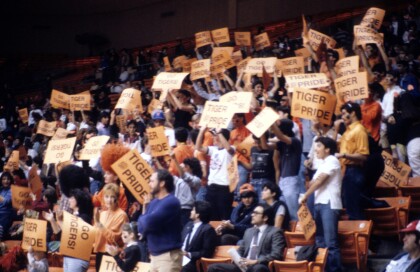










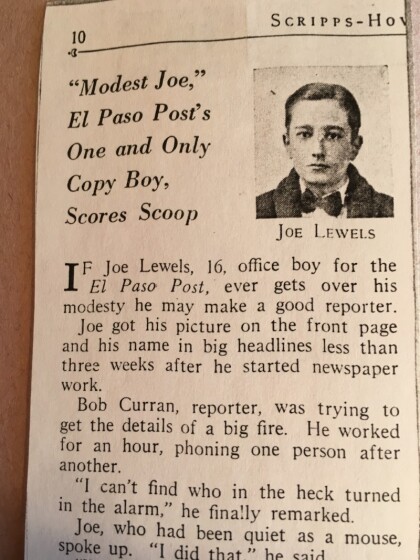





Comentarios
Hacer un comentario